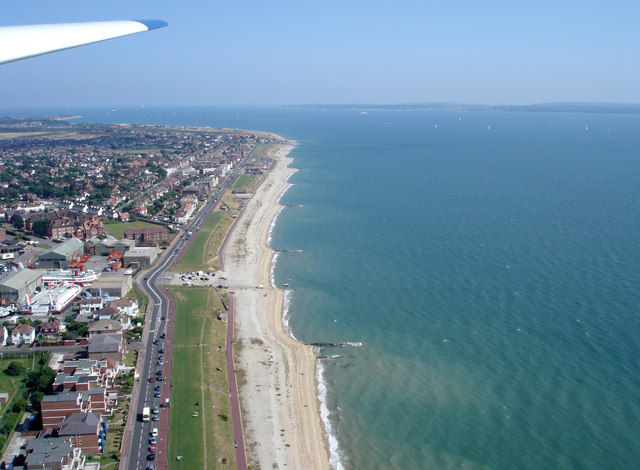Electric cars could make up a quarter of the world’s automobiles by 2040. How will it affect oil demand? ©FT Graphic / Chris Tosic Rarely a day passes without at least one mention of a product that was not even easy to buy in its current form seven years ago: the electric car. But behind the headlines about new electric models from the world’s largest carmakers, the spread of charging stations and Tesla’s car battery “gigafactory” in Nevada, a more profound question emerges. Could electric cars ever cut the world’s thirst for oil enough to depress crude prices significantly? Even the most ardent environmental campaigner might have hesitated to entertain such a prospect in 2009, when International Energy Agency data showed there were fewer than 6,000 electric cars on the road across 40 countries. But that figure shot up to 1.2m last year, capturing interest well beyond the green movement. “Everybody is paying attention,” says Michael Wojciechowski, a Houston-based oil analyst at the energy consultancy Wood Mackenzie. “This thing has the potential to really start to take off.” One energy expert in Houston who believes electric cars will remain a niche industry for a long time says some oil producers, including Saudi Arabia, the world’s largest crude exporter, are nonetheless concerned. “I think they are scared to death,” says Vikas Dwivedi, global energy strategist at the Macquarie Group. “Electric vehicles are a massive enemy and I think they are worried to the point that this has been one of the motivations, among others, for the Aramco IPO.” The kingdom revealed this year that it plans an initial public offering to sell up to 5 per cent of Saudi Aramco, the state-owned oil producer, as it moves to cut its economy’s reliance on crude. Outwardly, the oil industry is less bothered. Opec, the producers’ cartel, predicted last year that by 2040 only 6 per cent of the world’s passenger cars will be running on non-oil fuels. Just 0.1 per cent of the nearly 1bn passenger cars on the road last year had a plug, according to the IEA. “Without a technology breakthrough, battery electric vehicles are not expected to gain significant market share in the foreseeable future,” Opec said, citing high purchase prices, driving range limitations and poor battery performance in very high or low temperatures. ExxonMobil, the world’s largest listed oil company by market value, also thinks electric cars will only make small strides, accounting for fewer than 10 per cent of new car sales globally by 2040. Sales last year were less than 1 per cent of the 80m passenger cars and light trucks sold worldwide, according to EV Volumes, a Swedish electric car consultancy. Engines of demand The oil industry’s views do not seem outlandish considering the vehicles are so novel there is still some confusion about how they work. There are two main types of electric car: battery-only ones like Tesla’s models and the Nissan Leaf that have an electric motor but no petrol engine, and plug-in hybrids such as the Mitsubishi Outlander that have a petrol engine and a battery that can be recharged, unlike older hybrid models. Annual sales of both have increased faster than expected, from 48,000 in 2011 to 550,000 last year, especially the battery-only cars that have been showered with incentives by governments trying to tackle climate change. Sales of the two types should reach 850,000 this year, says EV-Volumes. The questions are, will the industry keep growing as quickly as it has and, if it does, how long will it take before it starts to make an appreciable dent in oil demand? Passenger cars use 18m barrels a day of oil products, 18.7 per cent of the 96m barrels consumed daily, according to the IEA. Crude prices crashed from $115 a barrel in mid-2014 to less than $30 in the early part of this year, when supply exceeded demand at a rate of about 1m b/d, the IEA says. Some analysts say this shows how vulnerable prices are to a relatively small shift in demand — a change that could become permanent if electric cars can eat into the global car market in big enough numbers. ©Getty A Tesla Model X at the Geneva motor show this year But it is not quite that simple, says IEA chief economist Laszlo Varro, pointing out oil prices are affected by supply as well as demand. So even if electric car sales keep booming, the industry’s effect on crude prices will struggle to match the impact of the natural depletion of existing oilfields, he says. Considering demand alone, it would take 50m-100m electric cars to displace 1m barrels a day of oil, he adds, depending on future driving habits, That is a far cry from today’s fleet of 1.2m plug-in vehicles on the road. Then there is the question of how long the government subsidies that are powering much of the electric car market will last. Last year, electric cars had more than 1 per cent of the market in six countries, led by Norway with 23 per cent. But the vehicles received an average subsidy of $4,000 to $5,000, says Mr Varro, and that is clearly unsustainable. “You can subsidise 10,000 cars but you cannot subsidise 10m,” he says. Disruptive power Still, Mr Varro thinks technical advances and consumer excitement about electric cars point to their potential to be highly disruptive for the oil industry. “Electric cars are roughly where solar power was 10 years ago in terms of their impact on commodity markets,” he says. “Today, solar is a multibillion-dollar business which has a significant impact.” The solar industry’s breakthrough followed dramatic falls in the price of photovoltaic panels and some improvements in their efficiency. One factor holding back electric car sales is the price of the vehicles, which is strongly determined by the batteries that power them. These can account for about one-third of overall costs. Many of the subsidies that bridge part of the pricing gap between conventional and













